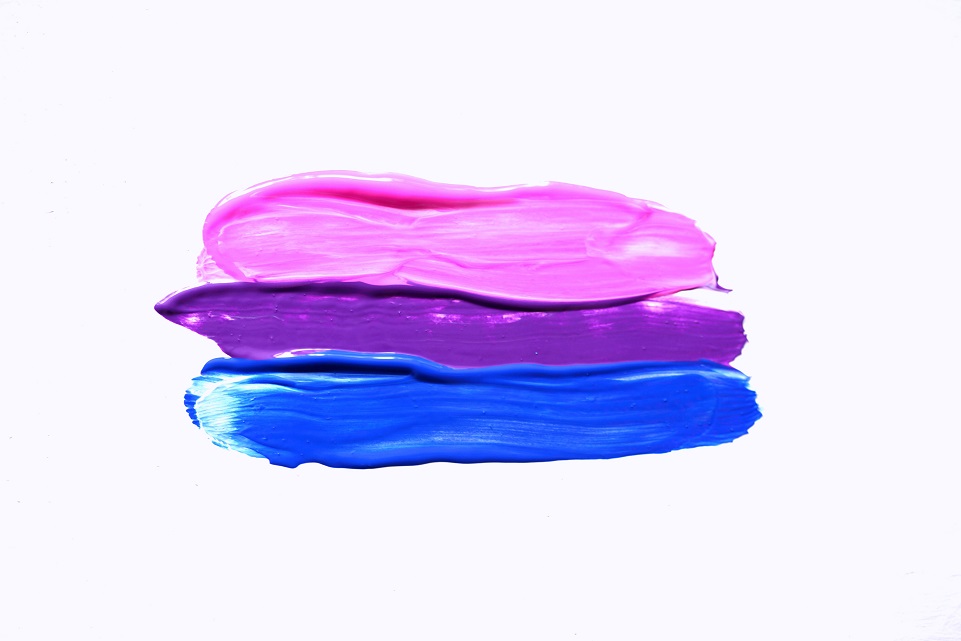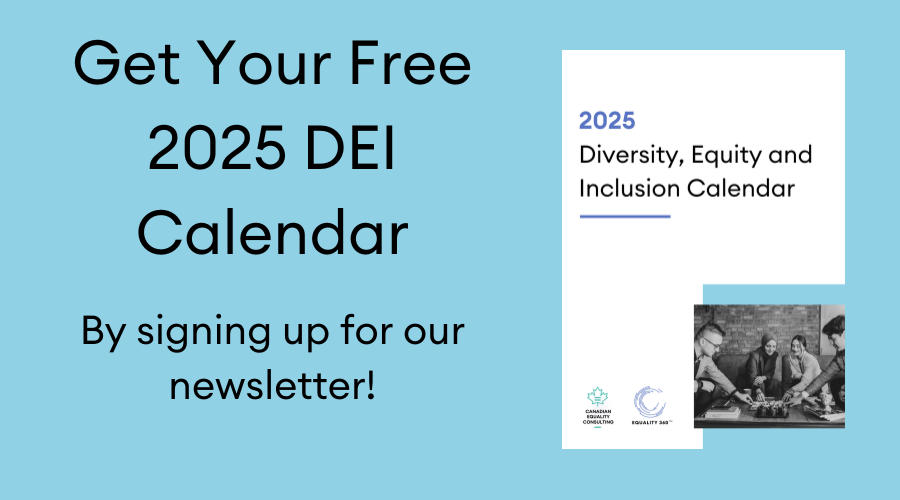
Biphobia and Bi-Erasure – How We Can All Confront Discrimination Against Bisexual Folks
Warning about self-harm/suicide mention
For thousands of years, queer people have existed – across the world, across cultures, across languages. The need to love is a human need, as vital as air and water. As obsessed with ‘independence’ as our world might be, we are anything but independent. We thrive because of interdependence. Our connection with the people around us. Yet, queer people have been denied this critical need – being seen as a threat to the cisheteronormative patriarchy, and to the idea of the nuclear family.
Patriarchy refers to social and systemic domination or privileging of men and masculinity, over the rights and inclusion of women and gender-diverse folks. Cis-hetero-patriarchy is a term that encapsulates the inherent anti-trans and anti-queer nature of the patriarchy, which also serves to privilege not just men, but specifically cisgender and straight/heterosexual men. This system of oppression involves the subjugation and oppression of anyone who is not heterosexual, cisgender, nor a man. The nuclear family refers to the picture-perfect ideal family often represented with a father, as head of the household, a mother, as the primary caregiver, and two children, commonly depicted as a brother and sister.
Why Does this Matter?
Though people within the 2SLGBTQ+ community may share similar experiences, joys, challenges, and exclusion, it’s critical we focus on different group needs in isolation to truly understand their experiences. This particular conversation matters because bisexual people are at of experiencing mental health challenges, including depression, anxiety, and suicidal ideation compared to other sexualities. Without wider understanding and compassion toward bisexuality, bi people continue to be at risk, and we continue to fail our bisexual community members.
Bisexual people face unique challenges within, and outside of, the 2SLGBTQ+ community. Often feeling the need to prove ourselves in both spaces; the heteronormative world that expects us to be heterosexual, and the queer world that might not fully see us as queer, and in both, being told that we are just confused.
What is bisexuality? Does this reinforce the gender binary?
The B in 2SLGBTQ+ refers to bisexuality. Historically, the term bisexual was used to refer to attraction to both men and women. This terminology was criticized for upholding the gender binary as it implies that there are only two genders.
The definition of bisexuality has and continues to evolve. Bisexuality is now used as an umbrella term to refer to the romantic and/or sexual attraction to two or more genders. This can include attraction to men, women, and non-binary people. The bi in bisexuality does not mean we reinforce the gender binary (men and women), instead we are capable of feeling attraction to people across the gender spectrum. It’s important to note that people beyond the binary are also part of the bisexual community. Language is a powerful tool that helps us connect with others and exchange ideas. But at the same time, language has its limitations and should not be used as an excuse to discredit someone’s identity. Bisexuality does not negate non-binary identities.
Bisexual vs. Pansexual: What is the Difference?
There might be more awareness on bisexuality compared to the term pansexuality. The definitions for bi and pan-sexuality can sound similar to some people. As mentioned above, bisexuality is an umbrella term. This means there are other identities that fall underneath this overarching term, and . Pansexuality refers to the romantic and/or sexual attraction to people regardless of gender.
Why so many identities?
From the outside looking in, it may seem that the differences between definitions are similar, overlap, and confusing. The options in identities can be validating for people that have struggled to describe their experience, have felt like outsiders, have not seen themselves represented, and have questioned their identity. All identities under the bisexual umbrella are valid, and people are experts of their own experience. There is joy and grace in finding an identity that describes how you feel and relate to the people around you.
What is biphobia?
Biphobia, like homophobia, is the stigma, dislike, and hatred, towards people that are bisexual, based on prejudices and stereotypes. Biphobia leads to bisexual erasure often rising from the idea that romantic and/or sexual attraction can only happen towards one other gender (including heterosexual, gay, and lesbian sexualities). This erases the experience and very existence of people that do in fact experience romantic and/or sexual attraction to more than one gender.
Biphobia as a form of oppression does not exist in isolation. Biphobia enforces the binary idea that people are only either gay or heterosexual (monosexual – attracted to one gender). Binaries are a erase any realities and experiences that exist in a more gray area (beyond simplisitic “black and white” framings). Binaries create a misguided concept of “opposites” and hierarchies. This process is rooted in colonialism. For more information on the relationship between colonialism and sexuality, read this report: https://www.amnesty.org/en/wp-content/uploads/2023/06/IOR4068622023ENGLISH.pdf.
Biphobia is also deeply rooted in patriarchy. Bisexual men are often assumed to “just be gay” and bisexual women or are often thought to just be “experimenting” or are positioned as hypersexual through the male gaze. In both situations, the assumption is that men are centered as the desired partner. This is patriarchy hard at work. These instances and beliefs are all forms of bierasure.
For example , as a bisexual woman in a relationship with a man, my sexuality is assumed to be heterosexual – because my relationship appears to be heteronormative. Bisexual people in a relationship with someone of a different gender than themselves does not mean they are no longer queer. This belief is bi erasure. It erases our identity. The same way that an individual that enters a queer relationship with a history of heteronormative relationships does not mean their previous relationships were not real, or a way of hiding their “true gay identity”. Bisexuality is true and valid in every form and relationship status.
Biphobia within the LGBTQ+ Community
Unfortunately, biphobia and bierasure within the queer community is also prominent. Some harmful rhetoric, even within the LGBTQ+ community, is that bisexual people are just gay in disguise and choose to be in heterosexual-passing relationships to avoid experiencing discrimination based on one’s sexuality. Ironically, this belief is a form of discrimination iteslf as it invalidate’s one’s experience. This cannot be ignored as bisexual people are at higher risk of experiencing depression, anxiety, self-harm, and suicidal ideation compared to other sexualities. In addition to higher likelihood and rates of mental health challenges, the lack of data on bisexual experience’s related to psychology, psychotherapy, policy and legislation, had led to the bisexual experience being invisible causing additional barriers to access vital services.
The musical icon Freddie Mercury is victim of bierasure before and after his passing. It’s well known that Freddie and long-term partner, Mary Austin, were in love, and in a committed relationship. Given his flamboyant expressions and colorful performances, many people believed Freddie to be gay despite their public relationship. Even when Freddie confided in Mary about being bisexual, she told him she thought he was gay. Pre and post death, Freddie Mercury is thought to be a gay man that had a relationship with a woman to hide his sexuality, when all along Freddie has been and always will be a bisexual man.
How can you support your bisexual loved ones?
- Do not assume someone’s sexuality based on their partner or their partner’s appearance.
- Do not assume someone’s sexuality based on their appearance (gender expression) or gender identity (trans and non-binary folks can be bisexual too)
- Do not require people to prove their sexual orientation (i.e., Asking how many partners someone has had).
- Validate their experience! Remind them their bisexuality and ability to challenge societies is important and needed.
I leave you with Haley Jakobson’s words, “To love without limits is to question every binary placed on us, to walk through my womanhood with a curiosity that expands far wider than an expected performance for men, to exist in a way where I see infinite paths of life – it’s a fantastically, overwhelmingly expansive way of being”.
https://oro.open.ac.uk/52881/1/The%20BisexualityReport%20Feb.2012_0.pdf
Bi+ creators to follow:
Bisexuality in the Media:
- The Half of It
- Shiva Baby
- Heartstopper
Resources:

